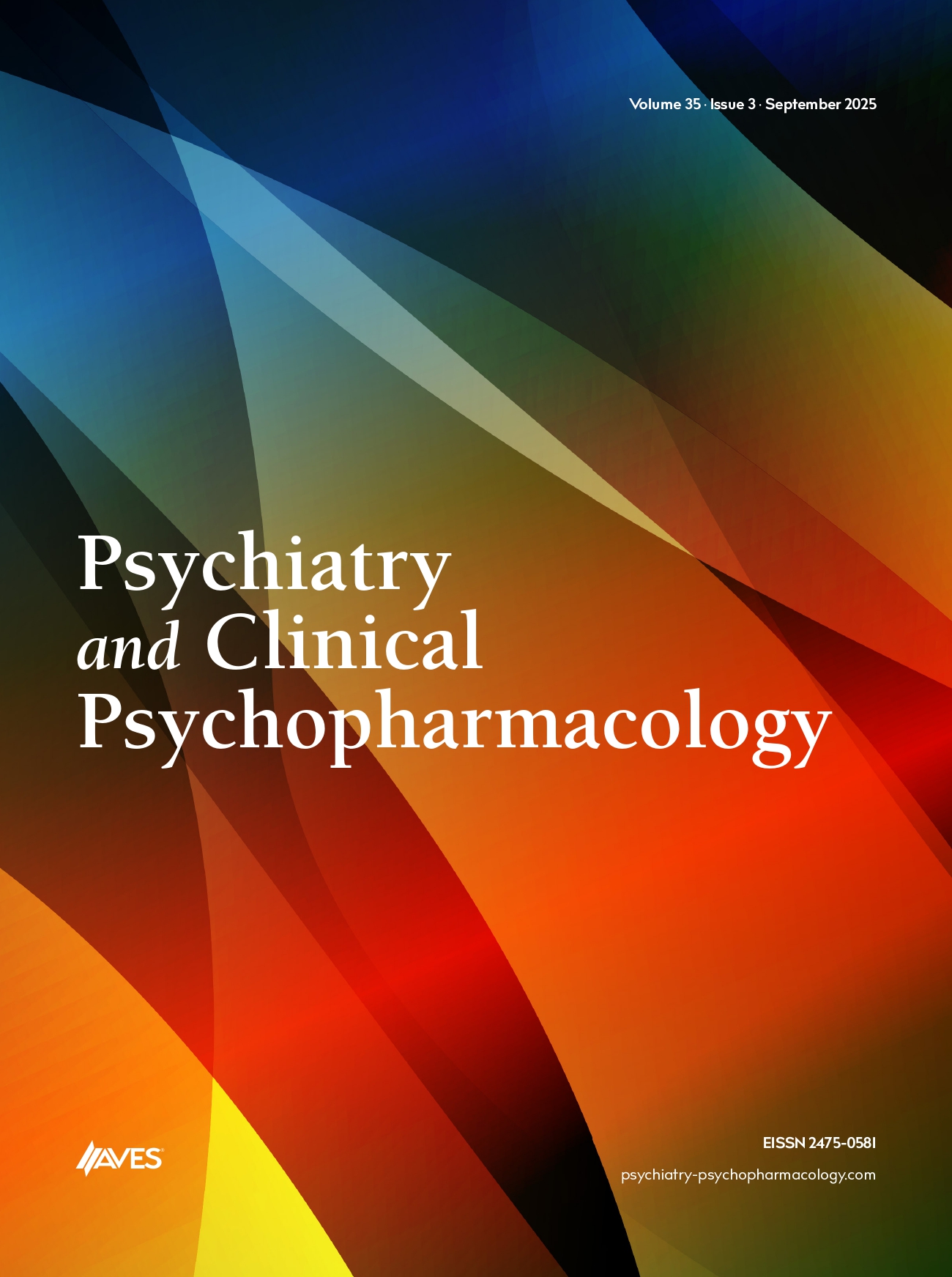Tinnitus is perception of sound in the absence of acoustic stimulation. (ICD-10 code, H93.1) Tinnitus perception and the dopaminergic pathway represent the same cerebral structures with the same functions. Dopamine is present in the first synapse of the auditory pathway; therefore, it is believed dopamine modules all processes, from the first synaptic complex in the cochlea to the pyramidal cells of the cortex, passing through limbic system. A 41-year-old male, married, laborer, lives with his family in Istanbul has been on a regimen of sertraline 50 mg/day for recurrent depressive episodes since 2 years. Bupropion XL 150 mg/day was added for augmentation. However, after 3 weeks of treatment, patient noticed a subacute onset of bilateral tinnitus. He denied hearing loss, dizziness, vertigo, feeling of fullness in the ears, double vision, and hoarseness. Mental state examination was normal except depressive mood. The patient was referred to general otorhinolaryngologic consultation. Audiometry with tympanometry was done. Otologic problems, Ménière’s disease, external ear infection or acoustic neuroma was not recorded. In addition, neurological examination was normal. Drug usage such as analgesics, antibiotics, chemotherapy, antiviral drugs, loop diuretics wasn’t mentioned. Metabolic disorders (thyroid disorder, hyperlipidemia, vitamin B12 deficiency, iron deficiency, anemia) were not identified. The tinnitus in this case was attributed to bupropion. Tinnitus-generating antidepressants are tricyclic antidepressants, mianserin, trazodone, citalopram, venlafaxine, bupropion. Bupropion is dopamine and noradrenaline reuptake inhibitor. Tinnitus caused by bupropion is most likely due to dopaminergic enhancement. Tinnitus perception is processed in the prefrontal, primary temporal, and temporoparietal associative areas, as well as in the limbic system that overlaps cerebral dopaminergic projections. It is well known that dopaminergic pathways can successfully be modulated by agonists and antagonists. The dopamine concept of tinnitus perception opened new possibilities for dopamine supplementation and/or dopamine receptor modulators in the treatment of tinnitus. The dopaminergic pathway can be modulated and the perception of tinnitus can be reduced, by agonists and antagonists of their receptors such as sulpiride, amisulpride, olanzapine, quetiapine, ziprasidone, zuclopenthixol, aripiprazole and melatonin. Antidepressants are used to attenuate tinnitus perception. Limited-sample reports (only two) indicated bupropion’s potential induction of tinnitus. This study aims to underlie that bupropion(dopamine agonist-antagonist) can cause tinnitus. The dopaminergic pathway is proposed as the structure that supports the functional neuroanatomy of tinnitus perception. The dopaminergic pathway opens new therapeutic fields for tinnitus in terms of agonism and antagonism of the different dopamine receptors and with the attenuation of subcortical areas.


.png)
.png)